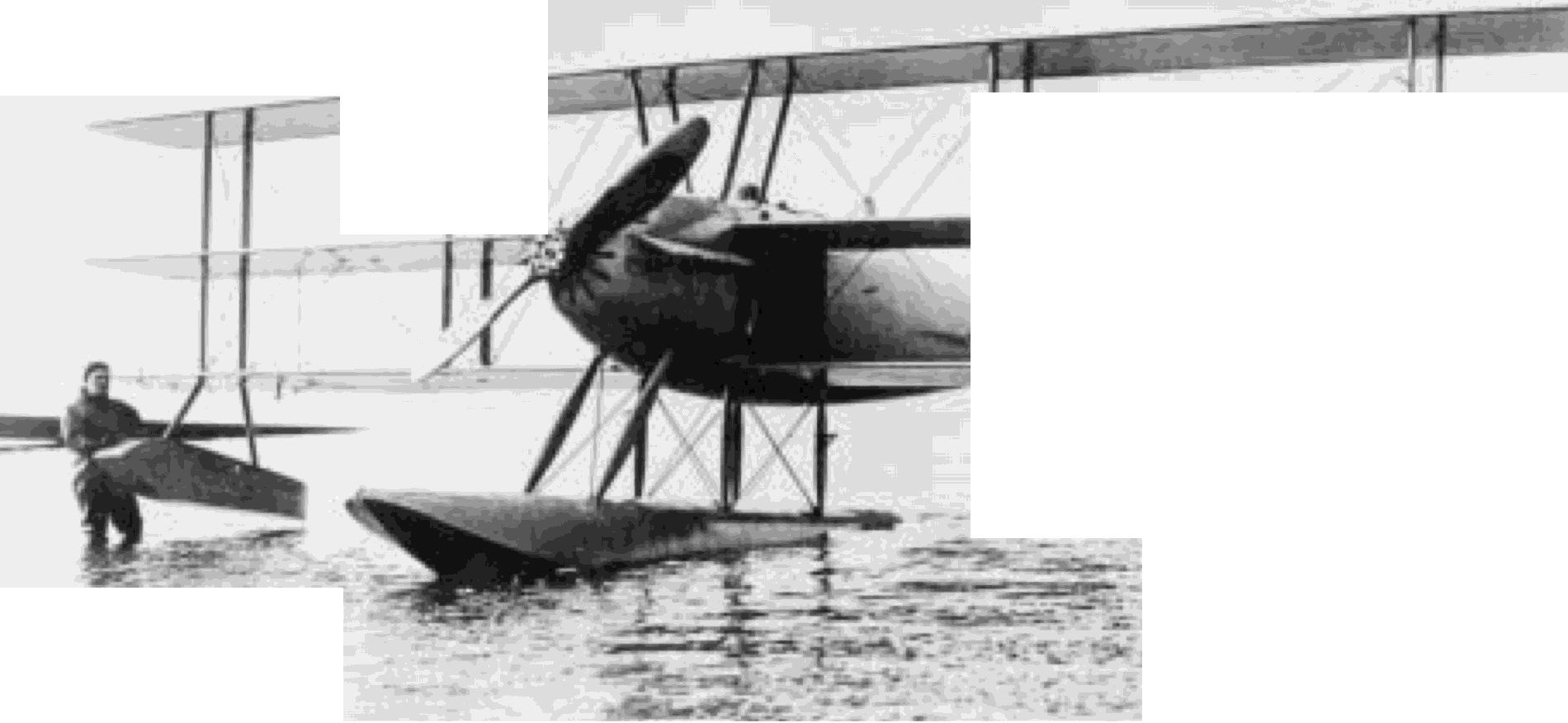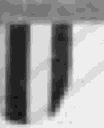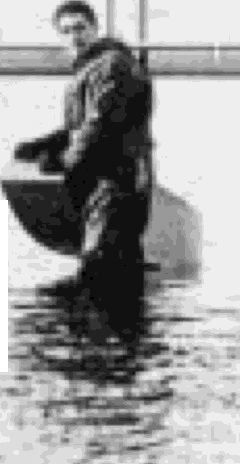


34
UNITED STATES NAVAL AVIATION
1910-1995
1918-Continued
15 April
The First Marine Aviation Force, command-
ed by Captain Alfred A. Cunningham, USMC, was
formed at NAS Miami, Fla., from personnel of the First
Aviation Squadron and the Aeronautic Detachment,
USMC, both of which had disbanded the day before. A
Headquarters Company and four squadrons designat-
ed A, B, C and D, were organized within this Force on
16 June and it was later transferred overseas to oper-
ate as the Day Wing of the Northern Bombing Group.
16 April
The first detachment of trained aerologists,
consisting of nine officers and 15 enlisted men,
departed for duty at naval air stations in Europe.
17 April
Lieutenant William F. Reed, Jr., reported at
NAS Pensacola, Fla., for what was then called "aero-
graphical" duty, the first such assignment ever made to
a naval air station.
23 April
The first shipment of Liberty engines to
Naval Aviation units in France was received at the
assembly and repair station, NAS Pauillac, France.
27 April
The airship AT-I, commanded by
Lieutenant Frederick P. Culbert and a crew made up
of Ensigns Merrill P. Delano, Arthur D. Brewer and
Thomas E. McCracken, completed a 25-hour 43-
minute flight out of Paimboeuf, France, during the
course of which three convoys were escorted through
a mined zone. For their flight, the longest on record
for an airship of the type, the commanding officer
and crew were officially commended by the French
Minister of Marine.
30 April
Northern Bombing Group-The Secretary
of the Navy approved a plan, recommended by the
General Board and developed by U.S. Naval Forces in
Europe, for air operations to be undertaken in the
Dunkirk-Zeebrugge region against German submarine
support facilities by a specially organized unit later
designated the Northern Bombing Group, and directed
that bureaus and offices expedite assembly of the nec-
essary personnel and equipment.
6 May
NAS Coco Solo, Panama, was established,
Lieutenant Ralph G. Pennoyer commanding, to main-
tain patrols over the seaward approaches to the
Panama Canal.
15 May
The Bureau of Steam Engineering reported
that the Marconi SE 1100 radio transmitter, designed
for use on the H -16 flying boat, had demonstrated
dependability in voice communications at distances up
to 50 nautical miles and in code communications at up
to 120 nautical miles. This was one of the first radio
sets used in, and the first tube set developed for, naval
aircraft.
18 May
The Chief of Naval Operations set training
goals to provide pilots for foreign service, and to meet
them, directed that eight elementary training
squadrons be operated, two at Key West, Fla., four at
Miami, Fla., and two at Bay Shore, N.Y.; that elemen-
tary training at Pensacola, Fla., be discontinued as
. 1
II:. -
-
-
" -
...
-,
--
--
-.
Curtiss (Krikham) 18- T experimental fighter 1061648
 |
12 |
 |